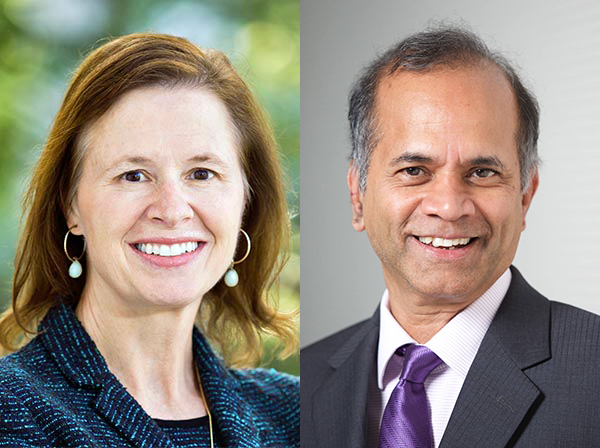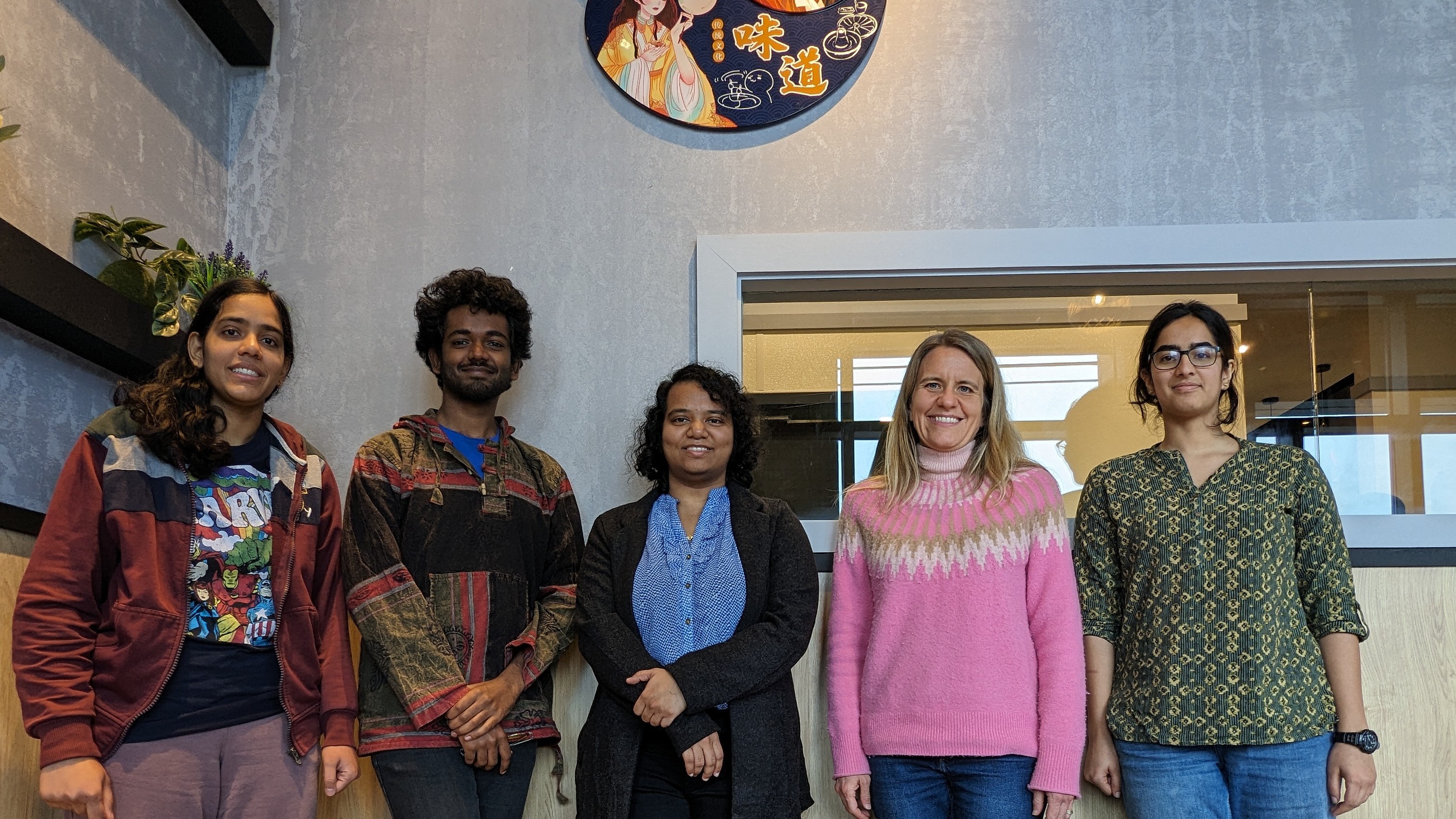News Story
Two Maryland Engineers Named to National Academy of Inventors

Yang Tao, a professor in the Fischell Department of Bioengineering, and Uzi Vishkin, a professor in the Department of Electrical and Computer Engineering and Institute for Advanced Computer Studies who works in the Brendan Iribe Center for Computer Science and Engineering, join 14 other UMD researchers named to the National Academy of Inventors.
Two University of Maryland researchers have been named 2024 fellows of the National Academy of Inventors (NAI), joining the ranks of some of the nation’s most prestigious and creative academic inventors.
Yang Tao, a professor in the Fischell Department of Bioengineering, and Uzi Vishkin, a professor in the Department of Electrical and Computer Engineering and Institute for Advanced Computer Studies, are two among a prestigious class of 170 fellows who collectively hold more than 5,000 issued U.S. patents. Tao and Vishkin join 14 other current faculty and staff members from UMD previously elected to the NAI.
“From Yang Tao’s groundbreaking achievements in linking machine vision with AI to Uzi Vishkin’s decades of seminal work unlocking the power of parallel computing, our new NAI fellows epitomize the spirit of problem-solving for the public good,” said UMD President Darryll J. Pines. “We are proud to call these innovative scholars Terps.”
As principal investigator of the Bio-Imaging and Machine Vision Lab, Tao focuses on developing machine vision-guided automated systems and smart manufacturing technologies to enhance quality, safety and efficiency across various industries, including advanced food manufacturing, biomedical engineering and agricultural automation.
Tao holds 16 U.S. patents and four international patents, including one in 2022 for an automated system he invented for picking crab meat. Several of his patented technologies have been implemented in large-scale processing lines; his apple inspection lines won an AE50 Award from the American Society of Agricultural and Biological Engineers (ASABE).
In another project backed by a $10 million USDA grant, Tao is examining how to plot perfect dredging paths for sustainable, environmentally beneficial and fuel-efficient shellfish aquaculture. The project’s multidisciplinary research team is led by Maryland Engineering Professor Miao Yu.
Tao has received numerous awards and distinctions including ASABE Engineering Achievement of the Year, the Sunkist Young Designer Award and the USDA Secretary Honor Group Award; he has also been honored as a faculty mentor by the UMD Philip Merrill Presidential Scholars program. He is a fellow of ASABE and a member of the Biomedical Engineering Society.
“I am honored to be selected as an NAI fellow. Engineering and innovative technologies have the potential to enhance efficiency, productivity and overall quality of life for mankind. I sincerely appreciate the support from my research teams, staff, colleagues and everyone else who contributed to this achievement,” said Tao. “The University of Maryland and Clark School of Engineering are truly among the best in the field of engineering education and fostering creativity for the next generation of engineers and innovators.”
Vishkin’s research in parallel computing and parallel computer architecture is internationally recognized. Along with his research team, he introduced a desktop supercomputer concept in 1997 known as XMT or PRAM-On-Chip; it was inspired by the question of how to resolve parallel programming challenges with a unique approach of using the parallel algorithmic theory to guide the design of a computer system—both hardware and software. By 2007, his XMT hardware and software prototype computer included 64 parallel processors, allowing for more practical and simple programming for software developers.
Two of Vishkin's 2005 patents integrating parallel processing accelerators into the CPU, or "brain” of the computer, led computer design into a new era. The best-known example is CPUs coupled with integrated graphics processing units, present in well over a billion devices including desktop and laptop computers built since the 2010s.
Vishkin, who holds affiliate appointments with the Artificial Intelligence Interdisciplinary Institute at Maryland (AIM) and the Department of Computer Science, is also a fellow of the Association for Computing Machinery (ACM). He has served on the editorial board of both the ACM Transactions on Algorithms and Parallel Processing Letters and IEEE Transactions on Computers. In 2007, he was recognized by the Maryland Daily Record as Innovator of the Year. Prior to joining UMD in 1988, he was a faculty member at Tel Aviv University, where he served as chair of computer science.
“A key mission for science and technology academia is to generate new knowledge toward long-term strategic technical goals. Ideally, such contributions, often in the form of inventions and patents documenting them, become fountainheads for downstream products that industry later develops and implements for society’s benefit,” Vishkin said. “I am deeply honored by my election as fellow of the National Academy of Inventors, as its mission is recognizing such contributions.”
Fellowship to NAI, which was founded in 2010 to recognize and encourage inventors with patents issued by the U.S. Patent and Trademark Office, is the highest professional distinction awarded solely to inventors.
“Through their work, they are making significant contributions to science, creating lasting societal impact, and growing the economy,” said Paul Sanberg, president of the NAI. “NAI fellows as a whole are a driving force of innovation, generating crucial advancements across scientific disciplines and creating tangible impacts as they move their technologies from lab to marketplace.”
Published December 10, 2024










